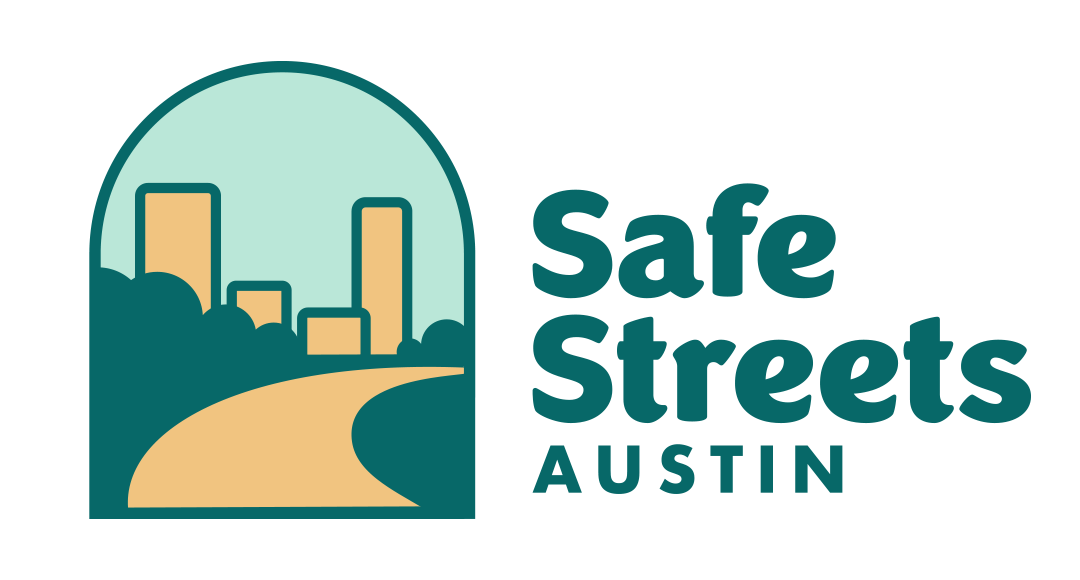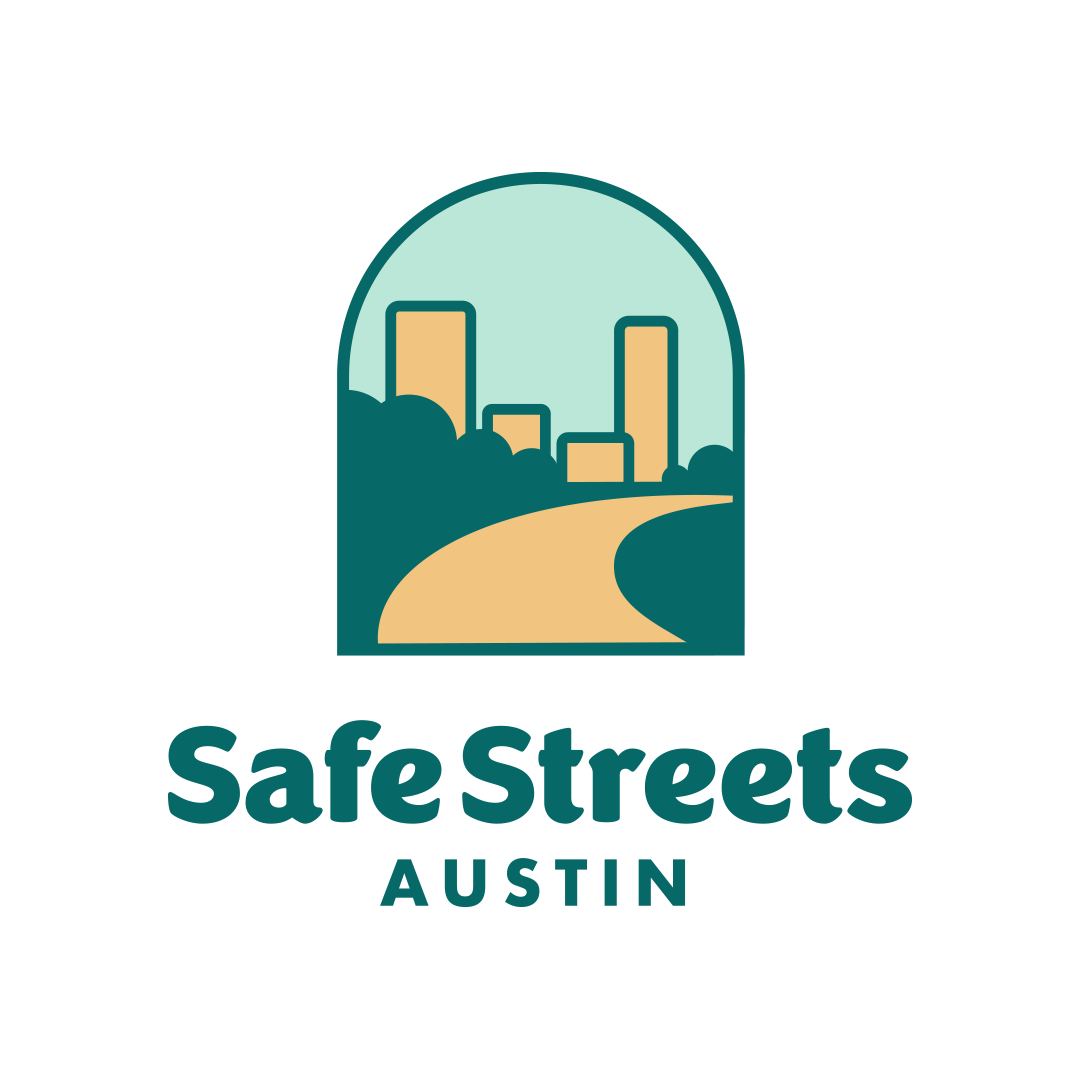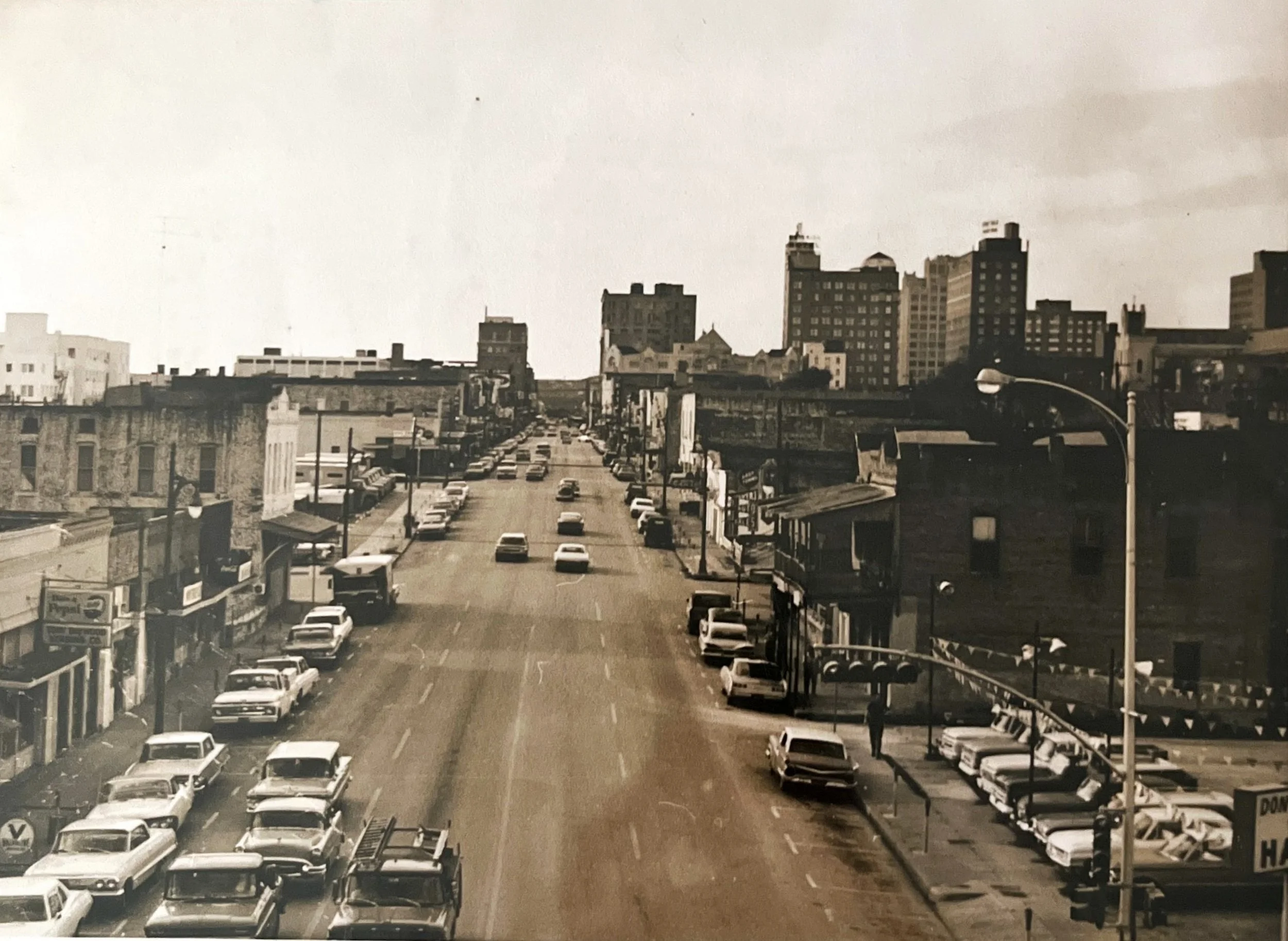The Case for Two Way Streets
Sixth Street (1968)
The bar scene wasn’t the only thing that was very different on Sixth Street in 1968. Sixth was about to undergo a change — immensely significant and yet largely unnoticed by many people in the decades since:
Sixth Street was about to be converted from two-way to one-way vehicle flow.
One-way street conversions were a classic mid twentieth century traffic engineering trend. In one-way streets, traffic engineers saw solutions to rush hour congestion, in particular speeding up traffic by reducing left turns at intersections. Particularly in their downtowns, city after city converted their two-way streets to one-way. Austin followed suit in the 1970s, converting a whole host of streets, including First (now Cesar Chavez) Street, Second through Tenth Streets, and many more.
And yet the following decade, Austin started changing its mind about one-way streets. Over Public Works staff’s objections, in 1989, City Council approved converting First and Second Streets east of I-35 back to two-way (the change was implemented in 1992.) The conversions moved to downtown in the twenty-first century: Cesar Chavez and Second in 2008; Brazos Street in 2015; Fifth in 2017; Colorado in 2018; and short sections of 16th, 17th, and 18th in 2019.
Second Street, Austin, before and after reversion back to two-way
So why the big shift? Simply, one-way streets weren’t the successes that traffic engineers had expected. After implementation, one-way streets had become high-speed highway-like arterials. Road safety decreased, businesses suffered, property values sank, and crime rose. And due to confusion and complexities around making turns in a one-way system, it’s likely that even travel times hadn’t improved as envisioned.
As more cities started converting their streets back to two-way, the results were consistently positive. One 2015 study of conversions in Louisville KY showed 49% fewer crashes, a 39% rise in property values, and 23% less crime — a huge win. The study even found that congestion had improved, likely because a two-way street system allows traffic to more easily flow around bottlenecks, in contrast with the more rigid one-way couplet street system.
In 2025, the two-way conversation has returned. The Austin Core Transportation (ACT) Plan proposes many important changes — including transit lanes, protected bike lanes, wider sidewalks, and trees — to many downtown streets. But, despite two-way streets’ consistent track record of success, the plan largely ignores the already-adopted Great Streets Master Plan’s goal of converting all streets downtown to two-way.
Given two-way streets’ track record of improvements to safety, walking and bicycling, local businesses and more, Safe Streets Austin has joined forces with local organizations and businesses to push for conversions to be included in future plans for downtown’s streets. See here for our two-way street conversions one-pager.
Perhaps Austin is ready to correct a twentieth century engineering mistake and restore downtown’s streets as the vibrant and safe places they deserve to be.
Watch this space for how you can get involved!





